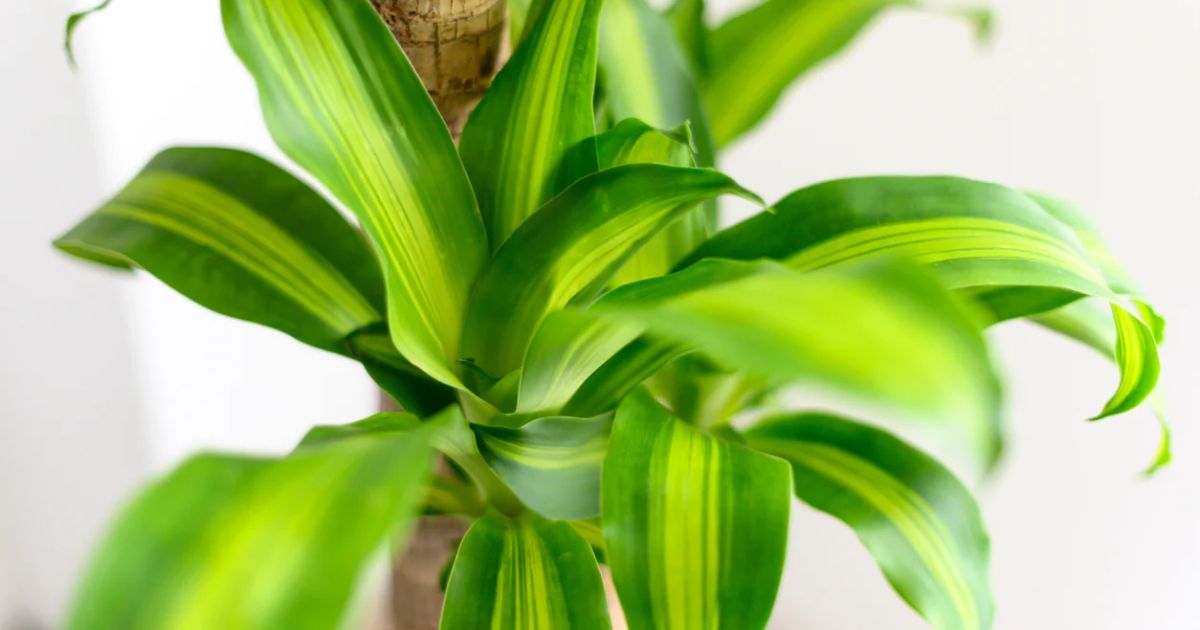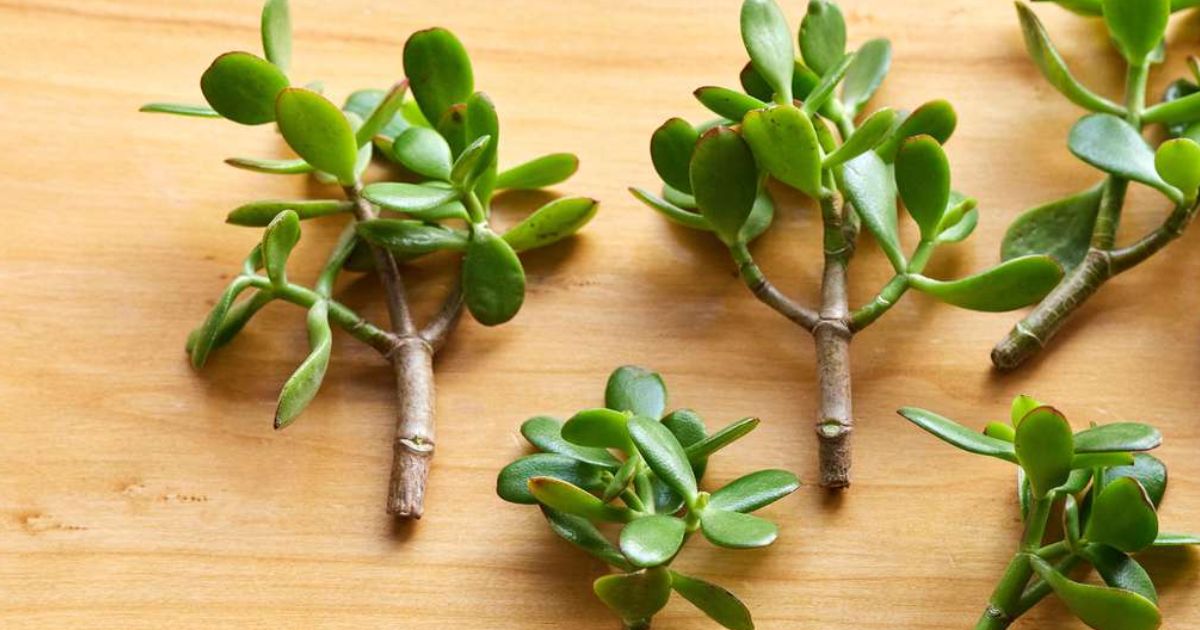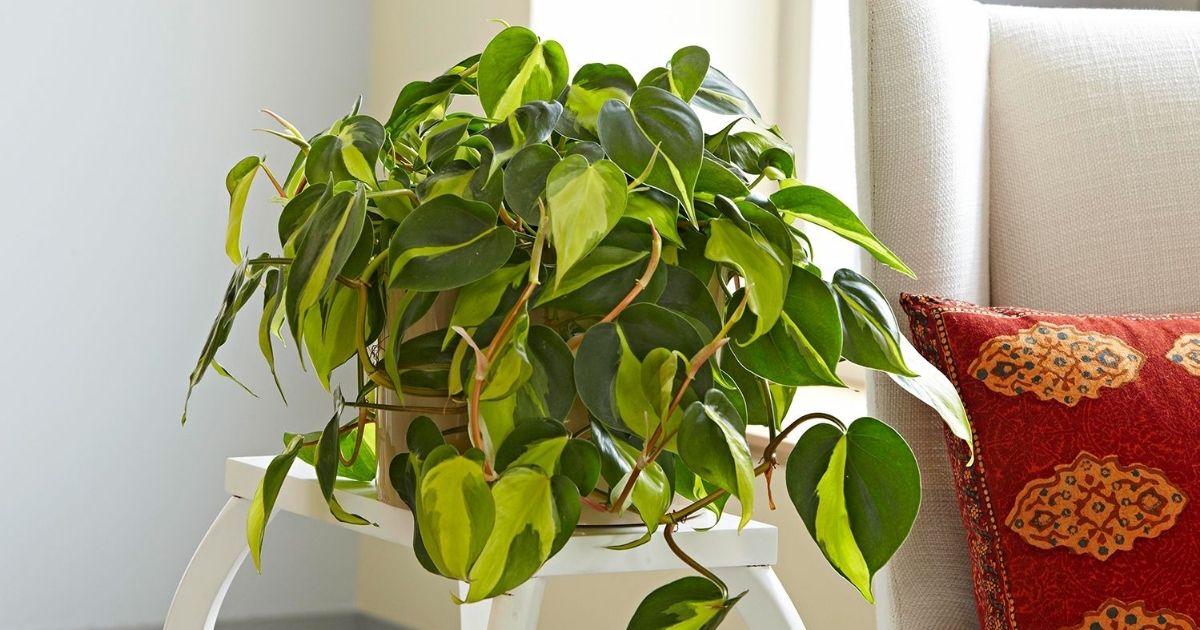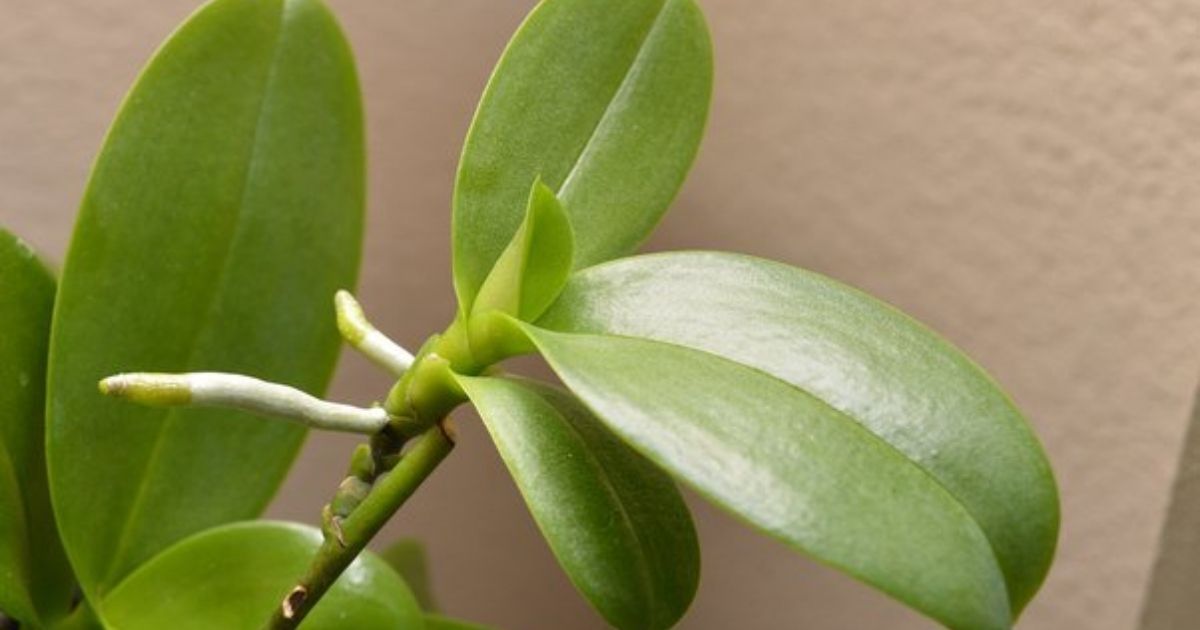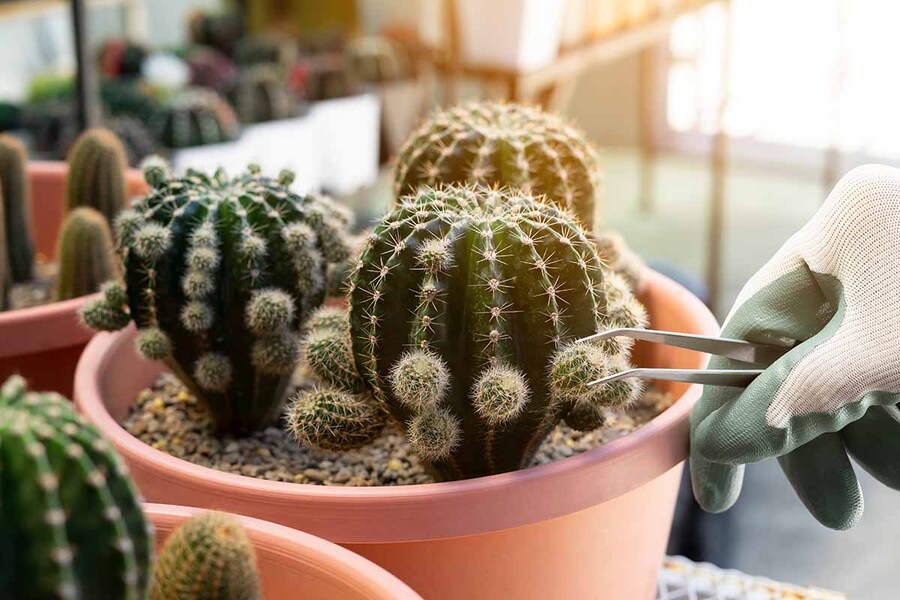10 Best Vegetables To Grow From Seeds in Your Home Garden
Growing your vegetable garden is rewarding in the trend of sustainable living. This guide unveils the "10 Best Vegetables to Grow From Seeds in Your Home Garden," designed for professional gardeners and beginners. From crisp lettuce to vibrant tomatoes, start the journey to turn your backyard into a thriving oasis of health and abundance.
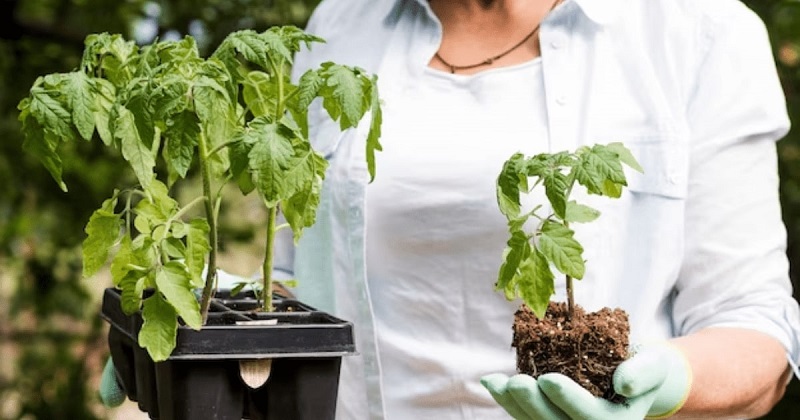
Why Should You Start from Seed Instead of Transplant?
Choosing to start vegetable to grow from seeds rather than transplanting established seedlings has several advantages, depending on your gardening or farming goals. Here's why starting from seed might be better.
- Cost-Effective: Seeds are generally more cost-effective than purchasing mature plants or seedlings. You can get a packet of seeds for a fraction of the cost of established plants.
- Variety and Choice: Vegetables to grow from seeds provide you with more diverse plant choices. You can select from different types and unique varieties that might not be available as crops.
- Control Over Growth Conditions: When you start from seeds, you have control over the entire growth process. You can choose the soil and nutrients from the beginning, ensuring optimal plant growth.
- Educational Experience: Watching the germination process and caring for seedlings can help you understand plant growth and development deeply.
- Timing and Seasonal Adaptation: Growing from seeds allows you to time your planting according to your local climate and growing season. You can germinate seeds indoors before the final frost. Then, transplant them outdoors at the ideal time for your region.
- Healthier Plants: Plants grown from seeds tend to develop more robust root systems. Transplants may experience transplant shock, while seedlings adapt to the conditions when you raise them.
- Adaptation to Specific Conditions: Seeds adapted to local conditions can make plants better suited to your specific climate and soil, improving resilience and productivity.
Greater Satisfaction: Being involved in the growth process lets you intimately witness each stage and develop a deep connection with your garden. Watching a plant go through its entire life cycle, from seed germination to maturity, can satisfy you primarily.
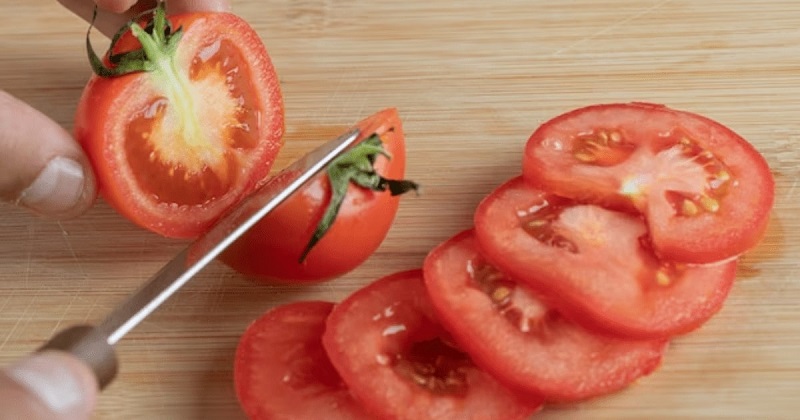
10 Most Efficient Vegetables to Grow at Your Home
Based on experienced home gardening experts, we have provided you with the 10 best vegetables to grow below.
Tomatoes - A Cornucopia of Flavours and Colors
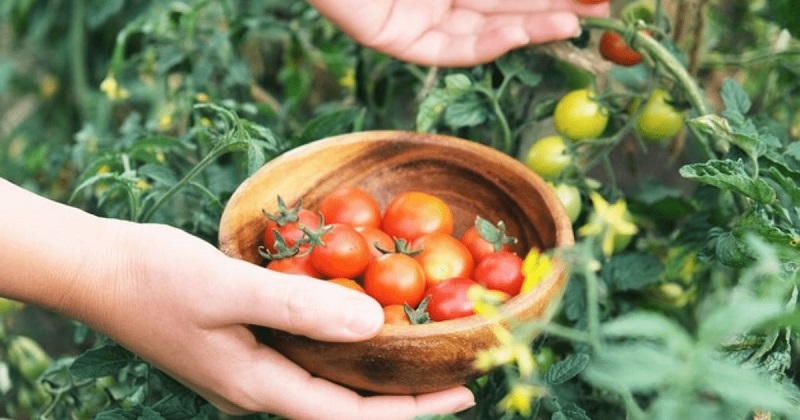
Using a hydroponic system can help to grow tomatoes. This plant is a garden staple, which means growing them from seeds opens up possibilities. Cherry tomatoes offer sweetness in every bite, Roma tomatoes are perfect for sauces, and Beefsteak tomatoes contribute a hearty flavor to salads and sandwiches.
Varieties: Cherry, Roma, Beefsteak
Sowing Time: Germinate tomato seeds indoors in containers with a seed starting mix 6-8 weeks before the last expected frost. Keep the temperature within the range of 70-80°F (21-27°C) for optimal germination.
Growing Conditions: After the danger of frost has passed, transplant the seedlings into the garden. Select a spot with ample sunlight and soil draining well, and use stakes or cages to support indeterminate varieties.
Cultivation Tips: Maintain even soil moisture with consistent watering. Remember to fertilize regularly using a balanced fertilizer, which enhances air circulation by pruning indeterminate varieties.
Carrots - From Earthy Classics to Vibrant Innovations
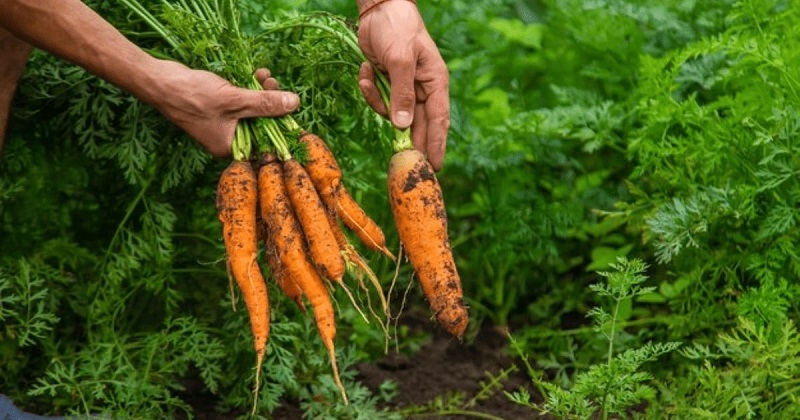
Carrots are a nutritious addition to your garden and a canvas for colorful creativity. Nantes carrots are classic and sweet, Danvers carrots are versatile for various dishes, and Cosmic Purple carrots add a visually stunning element to your harvest.
Varieties: Nantes, Danvers, Cosmic Purple
Sowing Time: Directly sow carrot seeds outdoors in spring or summer—plant seeds 1/4 to 1/2 inch deep in loose soil.
Growing Conditions: Carrots prefer well-draining soil with a pH of 6.0-6.8. Thin seedlings to avoid overcrowding, leaving 2 inches between plants.
Cultivation Tips: Water consistently to prevent soil drying, especially during hot periods. Besides, mulch to retain soil moisture. Then, harvest carrots with the desired size.
Lettuce - Crafting a Salad Symphony
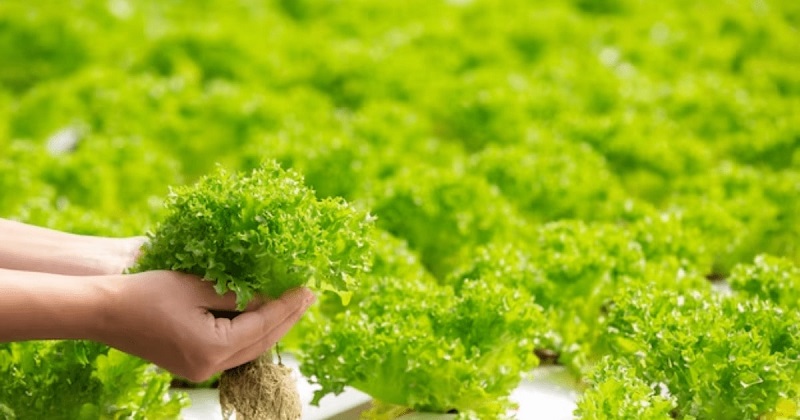
Lettuce is also a plant suitable for hydroponic growth. This plant provides the foundation for countless salads, and growing it from seeds allows you to curate a garden symphony. Romaine lettuce adds crunch, Butterhead lettuce brings a buttery texture, and Red Leaf lettuce introduces vibrant color.
Varieties: Romaine, Butterhead, Red Leaf
Sowing Time: Directly sow lettuce seeds outdoors in early spring or late summer. Space seeds or seedlings 6-12 inches apart.
Growing Conditions: Lettuce thrives in loose with a pH of 6.0-7.0. Provide partial shade in hot climates to prevent bolting.
Cultivation Tips: For a prolonged harvest, regularly pick outer leaves. Also, maintain consistent watering and use mulch to retain soil moisture.
Cucumbers - Versatile Delights for Snacking and Pickling
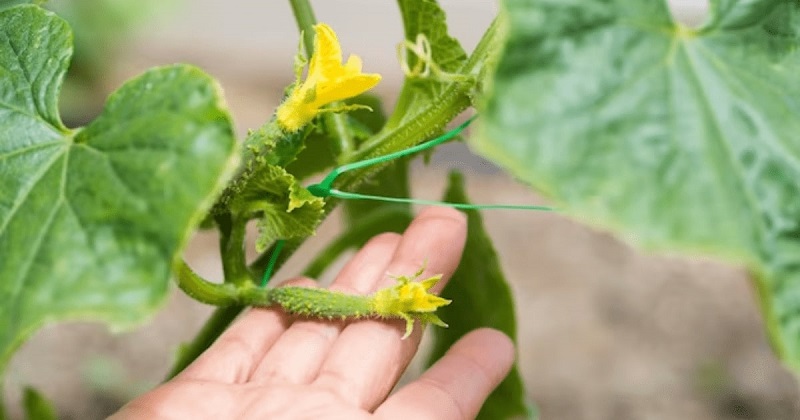
Cucumbers are a garden favorite with their refreshing crunch. Pickling cucumbers are perfect for preserving, slicing cucumbers enhances salads, and Lemon cucumbers offer a unique shape and flavor.
Varieties: Pickling, Slicing, Lemon
Sowing Time: Sow cucumber seeds directly in the outdoor soil after the last frost when the temperatures reach 60°F (15°C) or above.
Growing Conditions: Plant cucumbers in rich, well-draining soil with a pH of 6.0-7.0. Provide full sun and support for vining varieties with trellises or cages.
Cultivation Tips: Ensure the soil stays consistently moist, then use a mulch to retain moisture and prevent weed growth—harvest cucumbers at an early and tender stage for optimal flavor.
Bell Peppers - A Rainbow of Color and Tastes
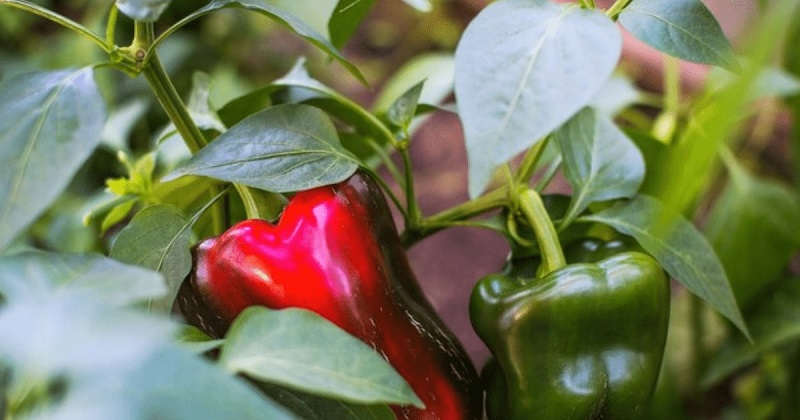
Bell peppers elevate your culinary creations with their vibrant colors and distinct flavors. Red peppers bring sweetness, yellow peppers offer a mild taste, and green peppers add a crisp, slightly bitter note.
Varieties: Red, Yellow, Green
Sowing Time: Begin bell pepper seeds indoors 8-10 weeks before the last expected frost. Maintain a temperature around 75-85°F (24-29°C) for germination.
Growing Conditions: Transplant bell pepper seedlings after the last frost into well-draining soil with a pH of 6.0-6.8. Provide full sun and consistent moisture.
Cultivation Tips: Fertilize with a balanced fertilizer during the growing season; mulch to retain soil moisture. Consider staking or caging for support, especially for more extensive varieties.
Herbs (Basil, Parsley, Cilantro) - Culinary Magic at Your Fingertips

Herbs are the best indoor plants. Growing herbs from seeds enhances your dishes and adds a fragrant charm to your garden. Sweet Basil complements various cuisines, Italian Parsley adds freshness, and Coriander Cilantro brings a zesty touch.
Varieties: Sweet Basil, Italian Parsley, Coriander, Cilantro
Sowing Time: Start basil seeds indoors 6-8 weeks before the last frost. Move the seedlings to a new location when they have two sets of true leaves.
Growing Conditions: Basil prefers well-draining soil with a pH of 6.0-7.5 and full sun.
Cultivation Tips: Remove flowers by pinching to promote leaf growth and prevent the plant from producing seeds. Then, harvest leaves regularly for fresh use or drying.
Zucchini - Prolific Growth for Small Spaces
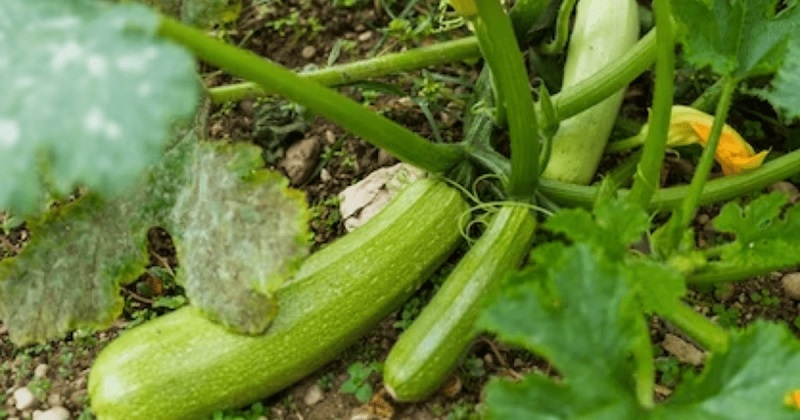
Zucchini plants are renowned for their prolific nature, making them ideal for small gardens. Green zucchini is a classic choice; yellow zucchini adds a sunny twist and round zucchini offers a unique shape.
Varieties: Green, Yellow, Round
Sowing Time: Directly sow zucchini seeds outdoors after the last frost, spacing them 3-4 feet apart.
Growing Conditions: Zucchinis need rich soil with well-draining characteristics and a pH of 6.0-7.5. Provide full sun and ample space.
Cultivation Tips: Harvest zucchinis when they are young for a tender texture. You need to watch for pests like squash bugs and use organic controls.
Beans - From Bush to Pole, a Garden Staple
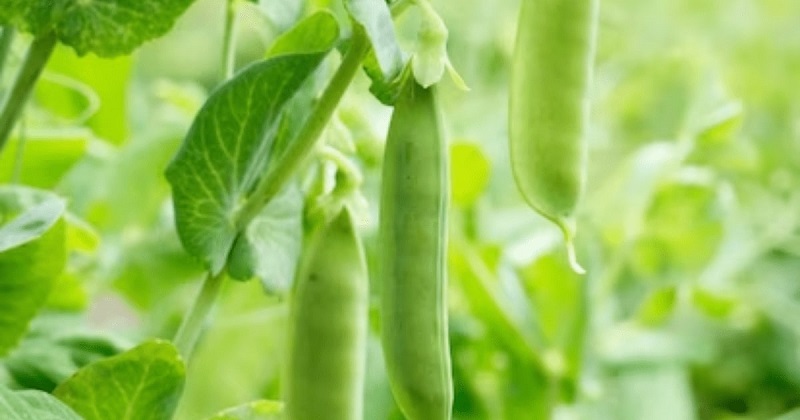
Beans are easy plants to grow in garden delight, offering high yields and culinary versatility. Green beans are crisp and tender, bush beans are compact and efficient, and pole beans thrive vertically.
Varieties: Green Beans, Bush Beans, Pole Beans
Sowing Time: Directly sow green bean seeds outdoors after the last frost, spacing them 4-6 inches apart.
Growing Conditions: Provide well-draining soil with a pH of 6.0-7.5 and full sun. Use supports for climbing varieties.
Cultivation Tips: You should harvest beans when young for the best taste and tenderness. Avoid picking during wet conditions to prevent disease.
Radishes - Quick Maturation for Instant Gratification
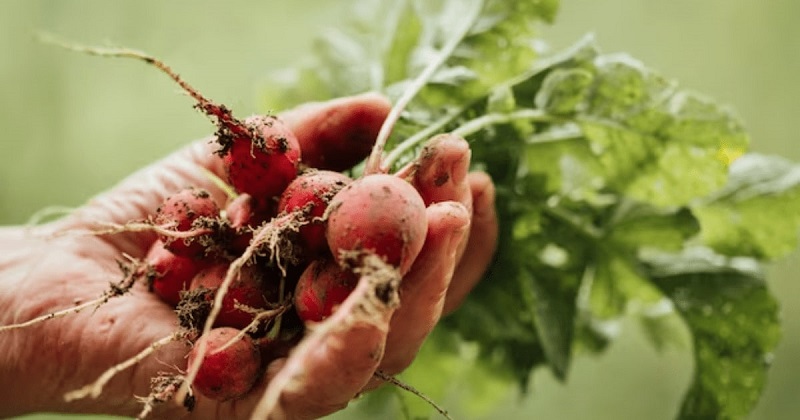
Radishes are a beginner-friendly option with quick maturation times. Cherry Belle radishes are vibrant and classic, French Breakfast radishes boast an elongated shape, and Watermelon radishes surprise with their unique coloring.
Varieties: Cherry Belle, French Breakfast, Watermelon
Sowing Time: Plant radish seeds directly outside in early spring or late summer, placing them half an inch deep. Space the seedlings 1-2 inches apart as they grow.
Growing Conditions: Radishes thrive in loose, well-draining soil with a pH of 6.0-7.0.
Cultivation Tips: You'd better water it consistently to prevent bitterness and pithiness. Harvest when radishes mature, usually within 3-4 weeks.
Spinach - Nutrient-Rich Greens for Culinary Delights
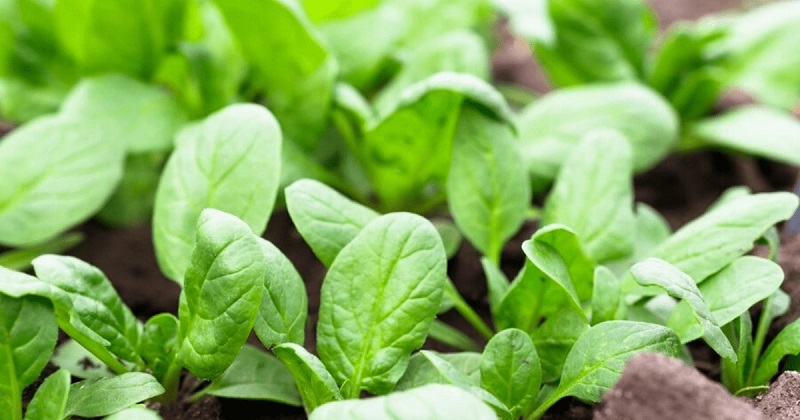
Spinach, a hydroponic plant that is rich in nutrients and thrives when grown from seeds. Bloomsdale spinach offers a traditional flavor, Baby Leaf spinach is perfect for salads, and Space spinach is well-suited for container gardening.
Varieties: Bloomsdale, Baby Leaf, Space
Sowing Time: Directly sow spinach seeds outdoors in early spring or late summer. Space seeds or seedlings 6-12 inches apart.
Growing Conditions: Spinach prefers well-draining soil with a pH of 6.0-7.5. Provide partial shade in warmer climates to prevent bolting.
Cultivation Tips: Harvest the outer leaves consistently to support ongoing growth. Apply mulch to retain soil moisture and control weed growth.
*NOTE: Adjust the advice for your climate and local conditions. Monitor, water properly, and watch for pests for a successful home garden.
Tips for Efficiency:
- Use companion planting to maximize space and deter pests.
- Consider vertical gardening for space optimization.
- Implement succession planting for a continuous harvest.
- Use nutrient-rich soil and organic fertilizers for optimal growth.
In conclusion, 10 best vegetables to grow from seeds in your home garden is a rewarding adventure. Each plant offers a unique experience of nurturing and harvesting, from tomatoes to radishes. Whether you're an experienced gardener or a beginner, there's no match for the joy of witnessing your seeds sprout and transform into delicious vegetables.
